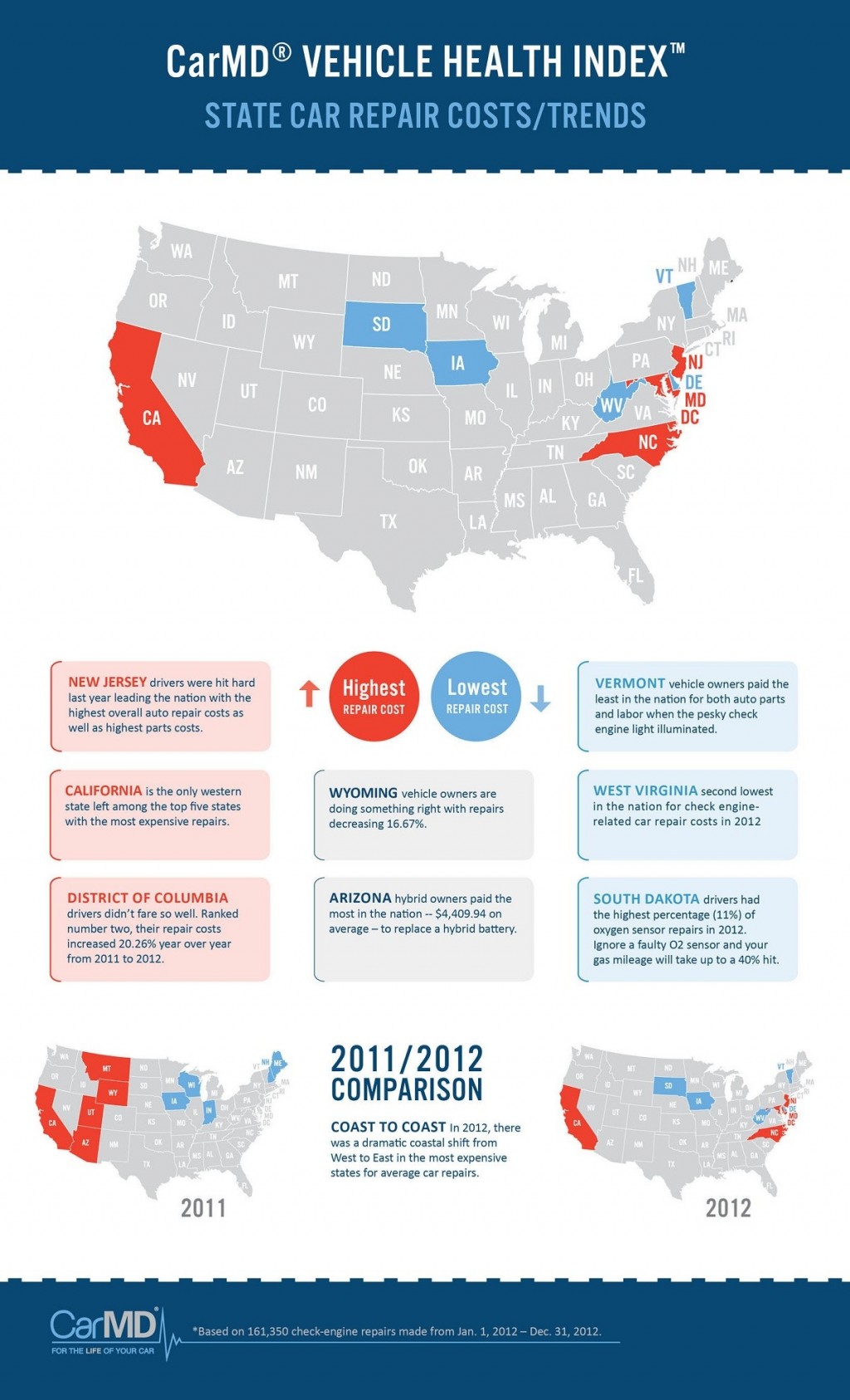Recognizing Your Car'S Caution Lights: What Do They Really Mean?
Recognizing Your Car'S Caution Lights: What Do They Really Mean?
Blog Article
Personnel Writer-Termansen Torres
When you're behind the wheel, those glowing warning lights on your dashboard can be a bit perplexing. Do you know what they're trying to tell you about your vehicle's health and wellness? Understanding the relevance of these lights is vital for your security and the longevity of your car. So, the next time among those lights turns up, would not you want to decode its message precisely and take the essential steps to address it?
Common Caution Lights and Interpretations
Identify typical warning lights in your cars and truck and comprehend their meanings to ensure secure driving.
Click On this page of the most normal caution lights consist of the check engine light, which indicates concerns with the engine or discharges system. If this light comes on, it's important to have your automobile checked quickly.
The oil pressure cautioning light suggests reduced oil stress, needing immediate attention to avoid engine damage.
A flashing battery light might recommend a faulty billing system, possibly leaving you stranded if not resolved.
The tire stress surveillance system (TPMS) light notifies you to low tire pressure, influencing vehicle security and fuel efficiency. Neglecting this could lead to hazardous driving problems.
The abdominal light suggests a trouble with the anti-lock stopping system, compromising your capacity to quit quickly in emergency situations.
Last but not least, the coolant temperature level alerting light warns of engine getting too hot, which can lead to extreme damage if not settled promptly.
Understanding these usual caution lights will assist you resolve concerns quickly and preserve secure driving conditions.
Significance of Prompt Focus
Understanding the typical warning lights in your auto is just the first step; the relevance of promptly attending to these warnings can not be highlighted enough to ensure your safety when traveling.
When a warning light brightens on your dashboard, it's your auto's method of interacting a possible issue that needs interest. Ignoring these warnings can cause more extreme troubles later on, jeopardizing your security and potentially costing you a lot more out of commission.
Trigger attention to cautioning lights can prevent failures and accidents. As an example, a blinking check engine light can suggest a misfire that, if left neglected, might create damage to the catalytic converter. Resolving this promptly can conserve you from a costly repair.
In a similar way, a brake system warning light may signal low brake liquid or used brake pads, important elements for your safety when driving.
Do It Yourself Troubleshooting Tips
If you see a caution light on your control panel, there are a few DIY fixing pointers you can try prior to looking for specialist aid.
https://jaidentnhcv.blogitright.com/31385857/the-ignored-treasures-identifying-top-quality-automobile-fixing-solutions-in-your-neighborhood is to consult your car's manual to understand what the details warning light suggests. Occasionally the concern can be as basic as a loose gas cap activating the check engine light. Tightening up the gas cap might solve the trouble.
An additional typical concern is a low battery, which can set off various cautioning lights. Inspecting the battery connections for rust and ensuring they're safe may take care of the trouble.
If a caution light persists, you can attempt resetting it by disconnecting the automobile's battery for a couple of mins and then reconnecting it. Furthermore, examining seat cleaner for cars near me , such as oil, coolant, and brake liquid, can help troubleshoot advising lights associated with these systems.
Final thought
To conclude, recognizing your vehicle's warning lights is vital for maintaining your lorry running smoothly and securely. By immediately resolving these notifies and understanding what they suggest, you can avoid costly fixings and potential break downs.
Keep in mind to consult your car's manual for specific details on each alerting light and act appropriately to guarantee a trouble-free driving experience.
Stay informed, stay risk-free on the road!
